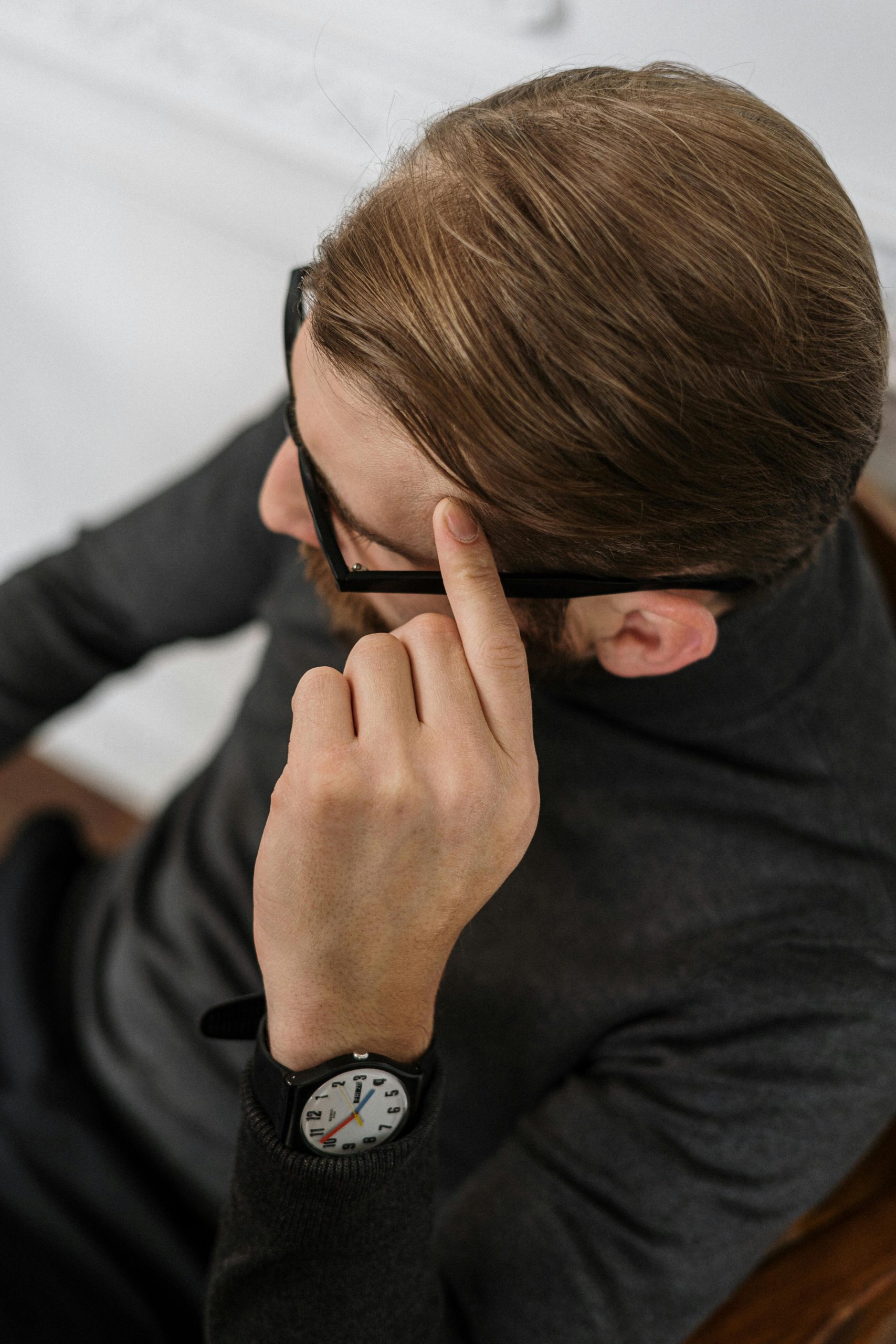Walking into a store or browsing online, you might think your buying decisions are purely rational. However, retailers invest heavily in understanding consumer psychology and employ subtle (and sometimes not-so-subtle) tactics designed to influence your behavior and encourage you to spend more. Recognizing these techniques can help you become a more mindful consumer, making choices based on genuine need and value rather than unconscious manipulation. Here are nine common psychological tricks retailers use:

Image Source: Pexels
1. Creating Scarcity and Urgency (FOMO)
The “Fear Of Missing Out” is a powerful motivator. Retailers leverage this by implying limited availability or time constraints. Phrases like “Only 3 left in stock!”, “Limited edition” or countdown timers for sales (“Deal ends in 2 hours!”) trigger a sense of urgency. This perceived scarcity increases the item’s desirability and encourages impulse buys, as shoppers worry they’ll lose the opportunity if they wait. Flash sales and seasonal events amplify this effect.
2. Strategic Pricing and Anchoring
Retailers rarely price items randomly. They use anchoring – displaying a higher original price next to a sale price (“Was $100, Now $70”) makes the sale price seem like a significant bargain, even if the initial price was inflated. Showing premium, expensive items first can make subsequent, slightly less expensive (but still costly) options feel more reasonable by comparison. Prices ending in .99 (charm pricing) are perceived as significantly cheaper than the next whole number (e.g., $19.99 feels much less than $20.00).
3. The Decoy Effect
When presented with three options, shoppers often gravitate towards the middle one, especially if it seems like a slightly better value than the cheapest but significantly cheaper than the most expensive. Retailers use this by introducing a “decoy” – often a slightly inferior or awkwardly priced option – specifically to make another option (the one they want you to buy) look more appealing by comparison. Think of small, medium, and large popcorn prices at the movies, where the medium often seems like the best value relative to the small, pushing you away from the cheapest choice.
4. Harnessing Social Proof
Humans are social creatures and tend to follow the crowd. Retailers use social proof to build trust and validate choices. Tactics include:
- Customer Reviews and Ratings: Prominently displaying positive reviews and star ratings.
- Testimonials and Endorsements: Use quotes from happy customers or celebrity endorsements.
- “Bestseller” Labels: Highlighting popular items assumes they must be good.
- User-Generated Content: Encouraging customers to share photos using the product. Seeing that others have bought and liked an item reduces perceived risk and encourages purchasing.
5. The Power of “Free” and Reciprocity
Offering something for free, even something small, triggers the psychological principle of reciprocity – the feeling that we should give something back (like our business) when we receive a gift. Free samples (like at Costco), a small gift with purchase, or free shipping (often after meeting a minimum spending threshold) can make shoppers feel obligated or more inclined to buy or encourage them to spend more than planned to qualify for the “free” perk.
6. Store Layout, Music, and Sensory Appeal
Physical store layouts are meticulously designed. Essential items like milk are often placed at the back, forcing shoppers to walk past numerous impulse-buy temptations. High-profit items are placed at eye level. Store atmosphere – including lighting, pleasant scents, and carefully chosen background music (slower-tempo music can encourage slower browsing and more spending) – is curated to create a positive mood and encourage lingering.
7. Bundling and Perceived Value

Image Source: Pexels
Offering items together as a bundle (e.g., a fast-food combo meal, a “buy two, get one free” deal) creates a perception of getting more value for less money compared to buying each item individually. Even if the shopper doesn’t necessarily need every item in the bundle, the perceived savings can be a strong incentive to purchase the package deal, increasing the overall transaction value for the retailer.
8. Placement of Impulse Buys
Retailers strategically place low-cost, tempting items near the checkout counter. Candy, magazines, small gadgets, and drinks capitalize on shopper fatigue and the “waiting time” mentality. Having already committed to making other purchases, adding a small, inexpensive item feels insignificant, leading to unplanned impulse buys just before leaving.
9. Loss Aversion
People are generally more motivated to avoid a loss than to achieve an equivalent gain. Retailers tap into this with tactics like limited-time discounts, which frame not buying as losing out on savings. Similarly, loyalty programs where points expire can motivate purchases to avoid “losing” accumulated rewards. Framing deals around avoiding loss is often more powerful than framing them around simple gains.
Becoming a Savvier Shopper
Retailers use psychological tactics to subtly influence purchasing decisions. From creating urgency and leveraging social proof to strategic pricing and sensory manipulation, these techniques aim to bypass rational thought. They also tap into unconscious biases and desires. By becoming aware of these common strategies, consumers can gain more control over their spending habits, making more conscious choices based on actual need and value rather than falling prey to manipulation.
Read More
Why Some Service Dog Breeds Cause Undue Nervousness (And Why Breed Doesn’t Matter)


